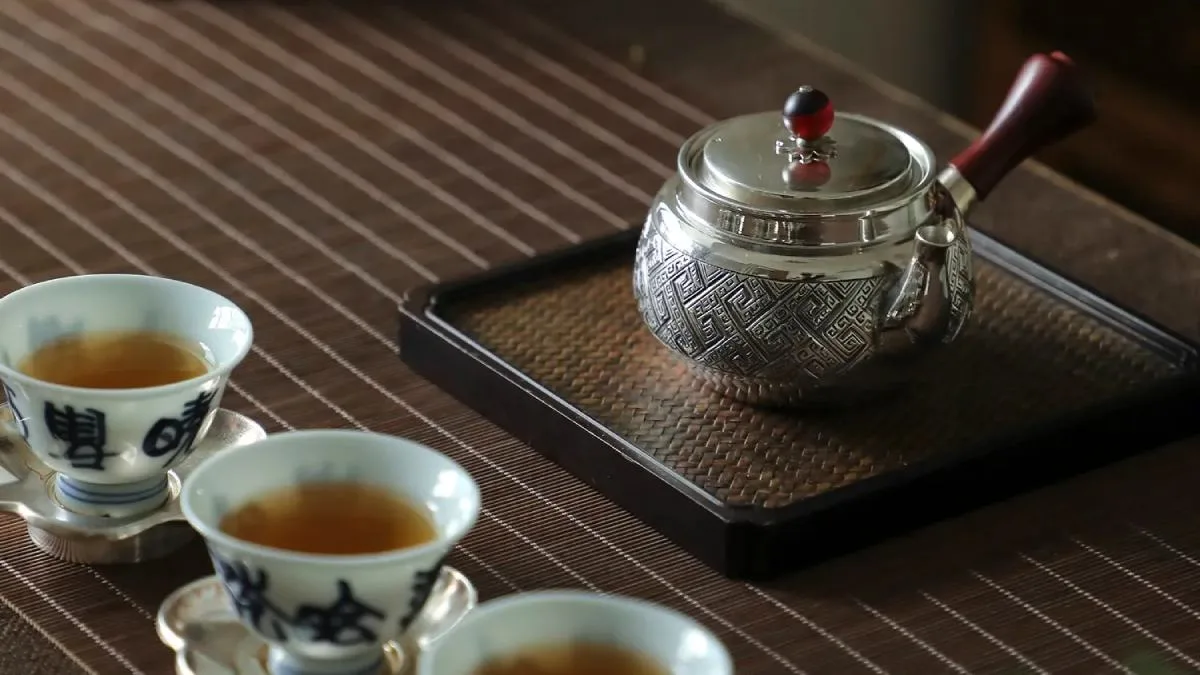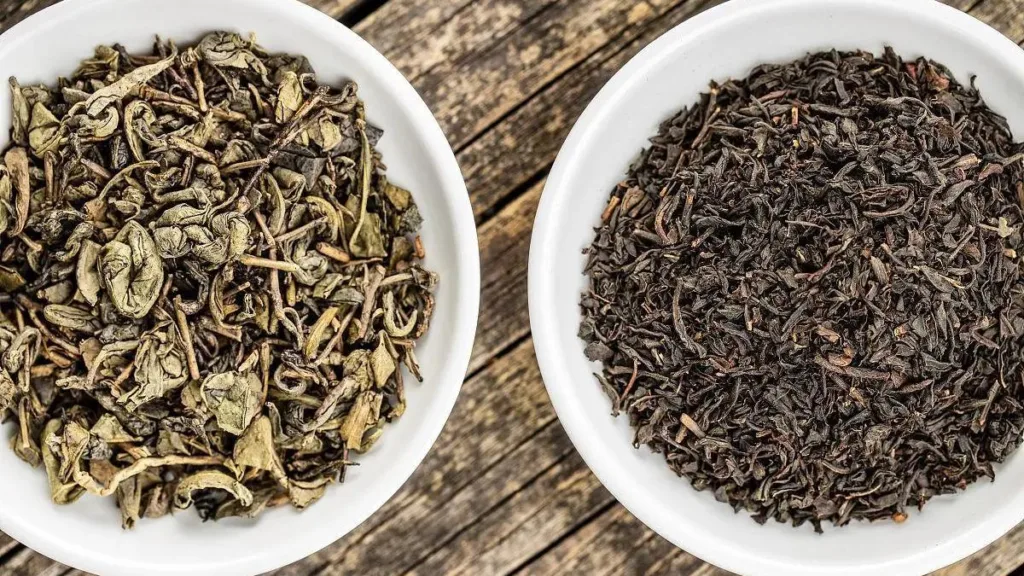A Kyusu, which means “teapot” in Japanese, is a special kind of teapot traditionally used in Japan for brewing tea. While the term itself is Japanese, the concept of brewing tea in a specific vessel has roots in China, as the Japanese adopted many tea-related practices from their neighbors.
What Types of Tea Are Suitable for Brewing in a Kyusu?
Kyusu teapots are versatile and can be used for a variety of teas, but they are especially well-suited for Japanese green teas, which are a significant part of Japanese tea culture. However, their design and functionality also make them suitable for other types of tea. Here are some guidelines on the types of tea you can brew in a Kyusu:
- Japanese Green Teas: Kyusu teapots are designed to enhance the experience of Japanese green teas. These include Sencha, Gyokuro, Bancha, and Hojicha. Their small size and built-in filters are particularly well-suited for these teas. Kyusu’s fine mesh filters help prevent tea leaves from ending up in your cup.
- Chinese Green Teas: Kyusu teapots can also be used for Chinese green teas such as Longjing (Dragon Well) and Bi Luo Chun. These teas share some similarities with Japanese green teas in terms of their leaf size and preparation methods.
- Oolong Teas: Oolong teas, especially those that are less tightly rolled or balled, can be brewed effectively in a Kyusu. The teapot’s built-in filter is handy for containing larger oolong leaves.
- Black Teas: Although less common, Kyusu can be used for brewing black teas like Darjeeling or Assam. The filters in Kyusu teapots help keep fine tea particles from making the tea too strong or bitter.
- Herbal Teas: You can also brew herbal infusions in a Kyusu. The filter ensures that herbs and botanicals remain in the pot while flavoring your hot water.
- White Teas: Some Kyusu teapots can work well with white teas, but it depends on the teapot’s design. As white tea leaves are delicate, a fine filter can be helpful in keeping the leaves out of your cup.
The Design of Kyusu:
Kyusu teapots come in various shapes and sizes, and their design can vary. However, they typically feature a side handle (yoko-te) for easy pouring and a built-in filter to prevent tea leaves from escaping into your cup. There are also top-handled Kyusu (uwade-kann), often made from materials like bamboo, which are suitable for different types of teas. The different designs are based on traditional and regional variations.
These teapots are often made from materials like clay, porcelain, or cast iron. Clay Kyusu teapots are particularly favored as they can absorb the flavors of the teas brewed in them, which can add to the depth and complexity of the tea’s taste over time.
The Importance of the Filter:
One essential feature of a Kyusu is its filter. In Japan, the mesh filters are designed to accommodate the finer particles of tea leaves used in Japanese teas. This ensures that your tea stays clear and free of floating leaves, making the brewing process more straightforward. The filter also makes it easier to control the strength and flavor of the tea.
Size Matters:
Kyusu teapots come in different sizes, indicated by numbers such as 1, 1.5, 2, and 3. These numbers refer to the pot’s capacity and help you choose the right one for your brewing needs. For example, a 1.5 size Kyusu can typically brew around 250cc of tea, equivalent to two to three servings. Larger sizes, like 2 or 3, are suitable for brewing larger quantities of tea to serve more people.
In conclusion, Kyusu teapots are versatile and suitable for various types of tea. Their design, with a side handle and a built-in filter, is particularly well-suited for Japanese green teas but can be adapted for different tea varieties. The choice of Kyusu size should be based on your specific brewing needs, and a good filter design is crucial for ensuring your tea remains free of leaves or debris. Whether you prefer Japanese, Chinese, or other types of tea, the Kyusu teapot can be an excellent addition to your tea-brewing equipment, allowing you to enjoy a wide range of tea varieties with ease and precision.



